When it comes to strengthening abdominal muscles, standard crunches on the floor may not enable the range of motion needed for the best results. In addition, the floor may not be able to support the lower back in a meaningful way. That is where abdominal sit-up pads come in.
Sit-up pads, albeit simple in design, can offer lumbar support and be a means to elevate the hips to better target the lower abdomen. So let’s engage our cores and find the best si-up pad for you.
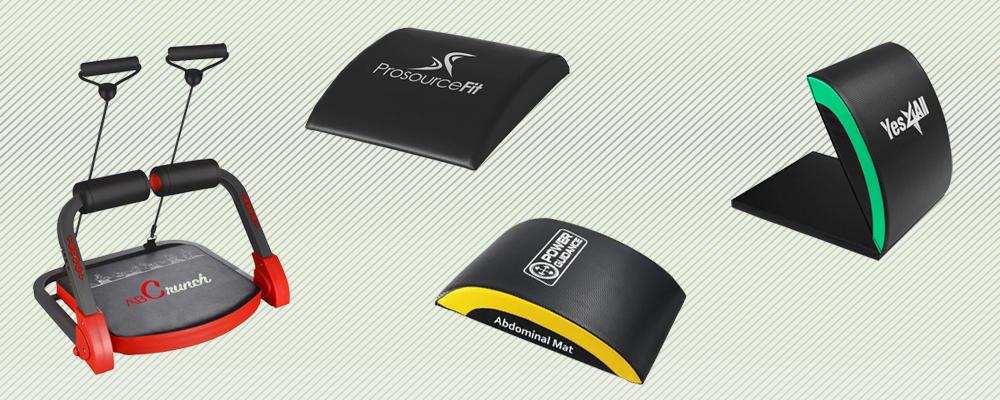
Editor’s Choice
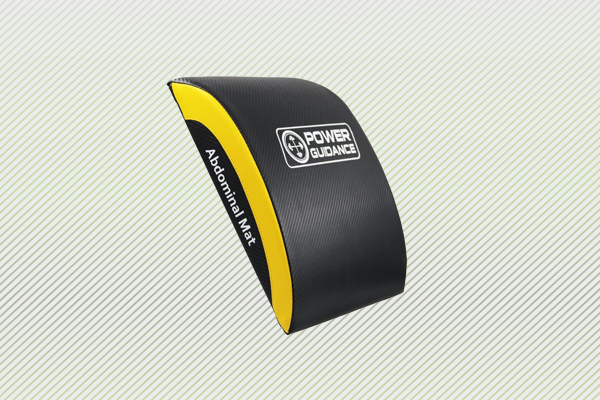
The supportive go-to option.
Pros:
- Non-slip leather cover offers better stability.
- Uses firmer padding for better lumbar support.
- The higher peak can offer an abdominal stretch in a resting position.
Cons:
- May feel stiff until broken in.
- The high peak may not be compatible with shorter athletes.
- Staples holding the leather may loosen over time.

Power Guidance designed a sit-up pad made of high density foam covered in a durable non-slip PVC leather cover. It has a peak height of 2.75 inches and is 14.5 inches in length. It comes in black with a yellow stripe along both sides and is lightweight at just over a pound.
Contender
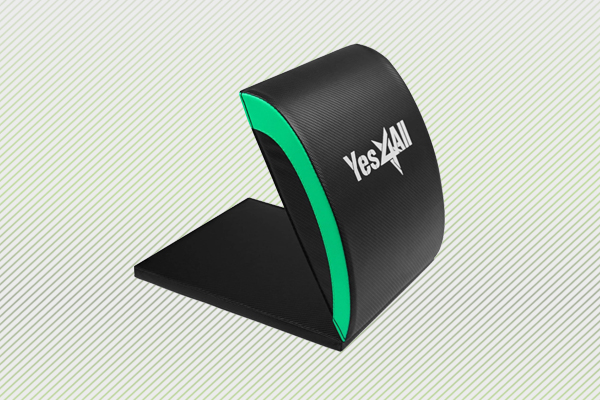
A mat and pad combo.
Pros:
- Added tailbone support pad makes it easier to train on most surfaces comfortably.
- The peak of the pad can adjust between 1.75 inches and 3.75 inches.
- Non-skid base provides stability during training.
Cons:
- May be too thick for athletes with less flexibility.
- The pad is firmer than the tailbone mat.
- The leather cover may tear over time.
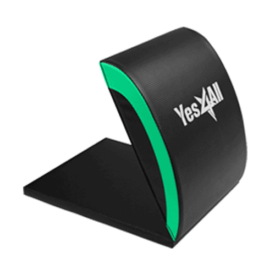
This abdominal mat employs a foldable tailbone protector that attaches to the ab pad for added comfort. When the protector is folded underneath the pad, it peaks at 3.75 inches which allows for an easier stretching of the thoracic spine.
Also Consider
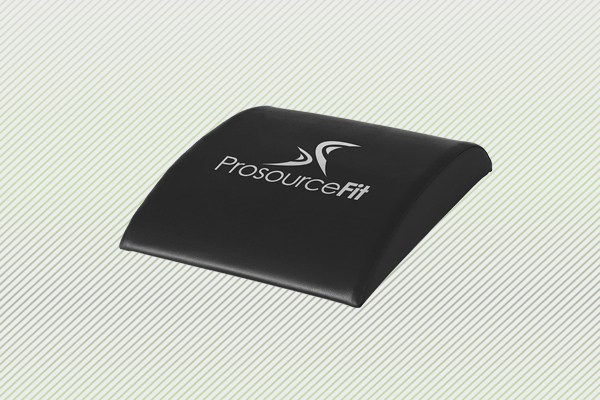
For the advanced athlete.
Pros:
- Made with a soft foam that may be easier on the spine.
- Lower peak than most competitors can help less flexible athletes.
- Can be used as a base for handstand push-ups.
Cons:
- Sweat on the leather can make it more difficult to balance.
- Nails holding the leather cover on may poke through with enough wear.

This abdominal mat comes in either blue or black and is made of soft PU leather and high density foam. It is 12 inches wide, 15 inches long, and has a peak height of 2.5 inches. It is a portable mat and weighs only 1 pound.
Best On a Budget
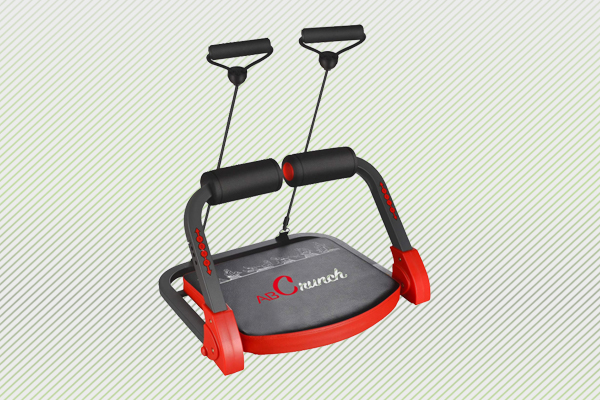
Get the bang for your buck.
Pros:
- Has two different length options for both taller and shorter athletes.
- The soft cushioned foam can be comfortable for athletes who prefer less stiff lumbar support.
- More affordable than most comparable options.
Cons:
- May be less sturdy than comparable options.
- Might be prone to sliding on hardwood floors.

The BalanceFrom Ab Mat comes in either small or large to better suit the needed length for different sized athletes. The small has a peak of 2 inches and is made of cushioned foam. It comes in a black and red color scheme.
Methodology
Firmness
Arguably the most important factor to consider is how firm the ab pad is. If you are an athlete who really wants solid stiff support for your lumbar when isolating the core, there are plenty of options available that can fulfill that. On the flip side, not everyone is able to put a large amount of pressure on their spine when performing a sit-up. For those athletes, the softer padded options with lower arches may be more suitable.
Be aware that a pack fresh ab pad is likely to be firmer than it actually is because it needs to be broken in a bit. If it hurts to perform a sit-up because of the stiffness, don’t force it. Use the pad to stretch and break it in first. The cushion will most likely have a bit of give after some time and offer the proper support and range of motion for sit-ups.
Height
One of the main reasons to invest in an ab pad is to get a better range of motion when performing sit-ups. That range of motion will change depending on the degree of the arch and the peak height the pad offers. Most ab pads fall in a range of 2 to 3 inches at the peak of the arch.
Athletes who are more flexible and prefer a good stretch at the bottom of the sit-up can feel comfortable investing in a higher arched pad. Some options in particular to look for are ones that have attached foldable pads that can add additional height to the arch.
For athletes that have never used an ab pad before, or don’t have much flexibility in the back (common for those with jobs that involve sitting for most of the day), starting with a lower arch ab pad is likely the safer choice. Any ab pad with an arch that peaks at 2 inches or lower could be considered on the flatter end of the market.
Wrapping Up
If you have been doing standard sit-ups on a flat surface and have not seen any significant improvement in your core strength, it is probably time to invest in an ab pad. A wider range of motion and additional lumbar support can go a long way towards strengthening your core. Just remember that no matter what kind of ab pad you use, proper form is still critical when performing any exercise.